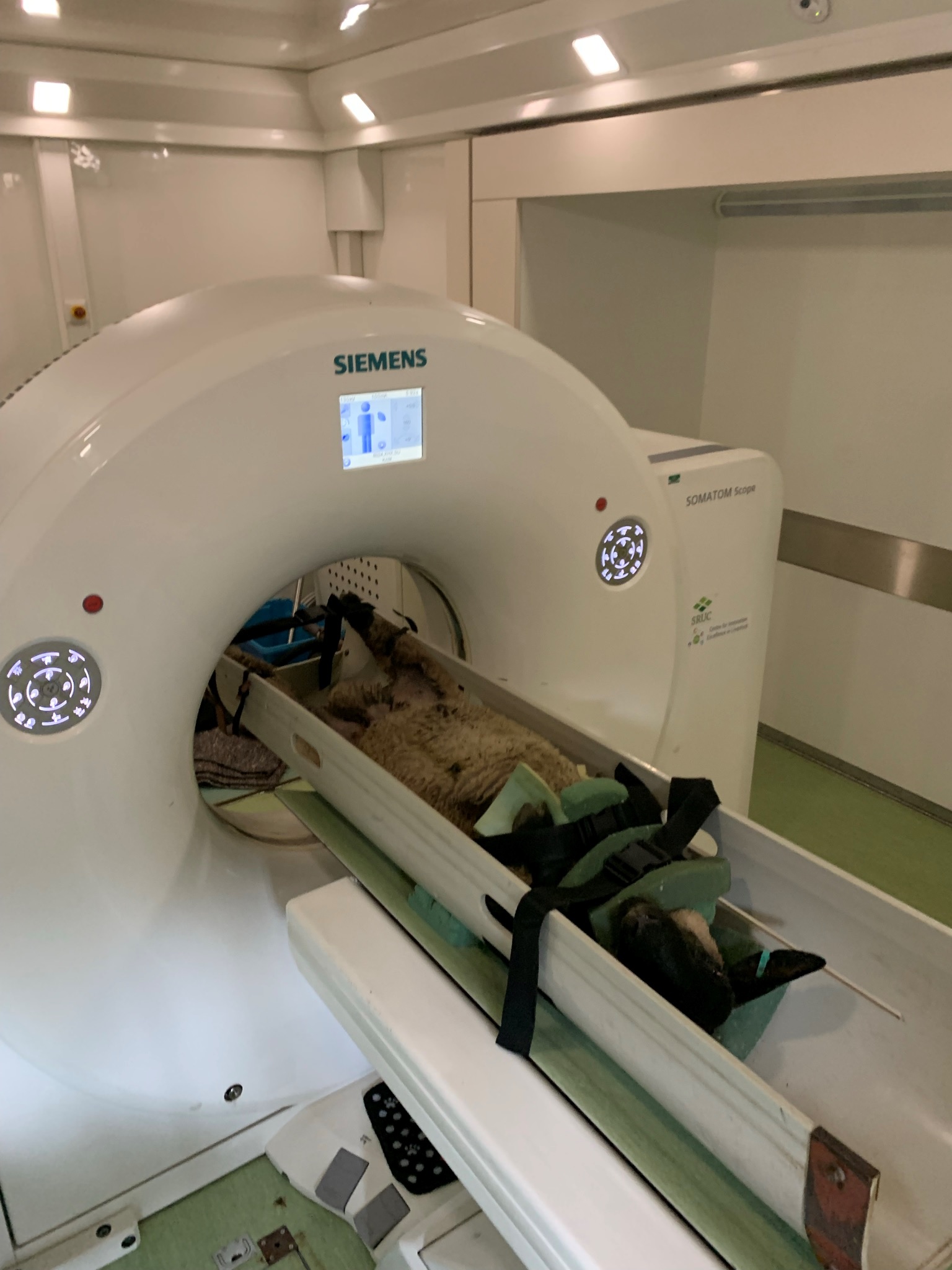Scan-do attitude

Machine learning could accelerate disease detection in sheep.
Sheep CT scans could be analysed at lightning speed using machine learning, according to a new study.
Dr James Robson, a researcher at SRUC, used a deep neural network – a collection of mathematical artificial neurones designed to mimic a brain – to instantly perform the image editing steps, such as removal of the cradle which sheep are scanned in, and computer vision to quickly extract key information at a speed of 0.11 seconds per CT scan.
The results of the study, published in a special edition of Sensors, showcase how machine learning could be used to help guide genetic improvement programmes and aid detection of invisible diseases.
The image processing model was trained on CT scans already routinely collected by SRUC’s CT scanning team and using an NVIDIA DGX Station containing over 20,000 cores. This allowed new unseen images to be processed using machine learning with an accuracy of 98 per cent compared to those produced manually.
Important traits such as muscle or fat percentage and length or width of limbs, which are typically measured from the image by hand, were then calculated automatically.
Dr Robson said: “This tool not only saves a lot of time but allows us to process far more data than before and gather information which can then be used to guide genetic breeding programmes.
“It’s really amazing to see the wide variety of challenges that machine learning can be used to address. We are hoping to expand this research into other areas and invite any organisation to come forward if they have image or video datasets they think might contain something of interest.”
If you would like to engage with SRUC in developing novel agricultural tools powered by machine learning, please email james.robson@sruc.ac.uk.
Posted by SRUC on 16/11/2021
